by State Sen. Ghazala Hashmi (D-Richmond/Chesterfield/Powhatan), cross-posted from Medium:
O, let my land be a land where Liberty
Is crowned with no false patriotic wreath,
But opportunity is real, and life is free,
Equality is in the air we breathe.
(There’s never been equality for me,
Nor freedom in this “homeland of the free.”)
— Langston Hughes, “Let America be America Again”
As a college professor of early American literature, I usually began my first day of class with an exercise. I would give my students a basic, blank map of the world and ask them to draw out what they know of the origins of this country. I wanted to see their pictorial representation of their own understanding of the period of exploration, settlement, and colonization — to whatever extent it might be possible for them to demonstrate it through pictures.
Invariably, the majority of students would draw boats sailing from various points of Europe to North America. Some would draw stick figures and stick houses on the Eastern shores of this “new world.” Only a few would outline figures with bows and arrows to represent the indigenous peoples who were already living on the continent and whose existing cultures and civilizations would, within the span of a few decades, be destroyed by this “encounter” with Europeans.
In the many years of teaching this class and performing this exercise, only three or four of my students drew any vessels coming from the shores of Africa. This heartbreaking fact exposes how dramatically the narrative of the black experience in America has not just been marginalized but rendered invisible. Even the majority of my black students did not see themselves as a part of origin story of this country. Perhaps they did not want to be a part of it and understandably so.
After examining each other’s individual pictorial depictions, the students find space to discuss why some in that narrative were visible and others not. We have opportunity then to open up the long story that is America’s with the understanding that two simultaneous impulses have led us to where we are now: the impulse towards democracy and the ideals of individual liberty; and the impulse towards genocide and the brutal enslavement of others. These contradictory impulses have battled each other from the beginning of our complex American narrative.
The history of this country cannot be told without the black and indigenous experiences woven directly into it. The wealth of this nation was built on the blood and sweat of oppressed and enslaved peoples. The grace, dignity, strength, and moral conviction that it has taken to survive these hundreds of years of exploitation, brutalization, and abuse simply astonishes me. Is it any surprise that people are angry?
The calculated murder of George Floyd happened in front of our eyes, through technologies that now make it impossible for any of us to turn away or to accept a whitewashed version. The callous indifference of the man who murdered him betrays his utter sense of privilege, power, and authority; he knows that he is being filmed and yet fully believes that he will not be held to account for his actions. What experiences in this extended narrative of brutality would tell him otherwise?
Amadou Diallo. Tamir Rice. Philando Castile. Kendra James. Sean Bell. Eric Garner. Breonna Taylor. Alton Sterling. George Floyd. So many more names to add to this tragic list. So many names that have already been lost to a history that encompasses the transport of slaves, generations of enslavement, lynching, and injustice. This is our collective history; we cannot narrate the story of America without speaking it fully and without defining a path forward that addresses its pain.
However, let us not end on pain. Anger, a righteous anger, pushes against rigid structures until they open space for those who have been shoved to the margins. Systemic racial injustice, social and economic inequities, and barriers to opportunity are constructs built into societies. Through collective action, through engaged and democratic processes, and through unsilenced voices, we reconstruct societies until they more fairly and equitably represent who we are and the community we desire.
He told us he could not breathe. We have the responsibility to breathe anew for him.



 Sign up for the Blue Virginia weekly newsletter
Sign up for the Blue Virginia weekly newsletter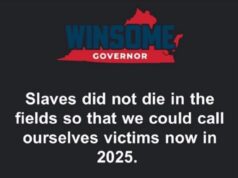
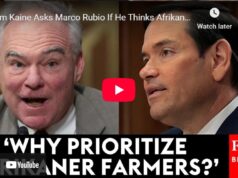
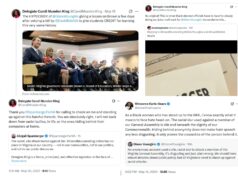

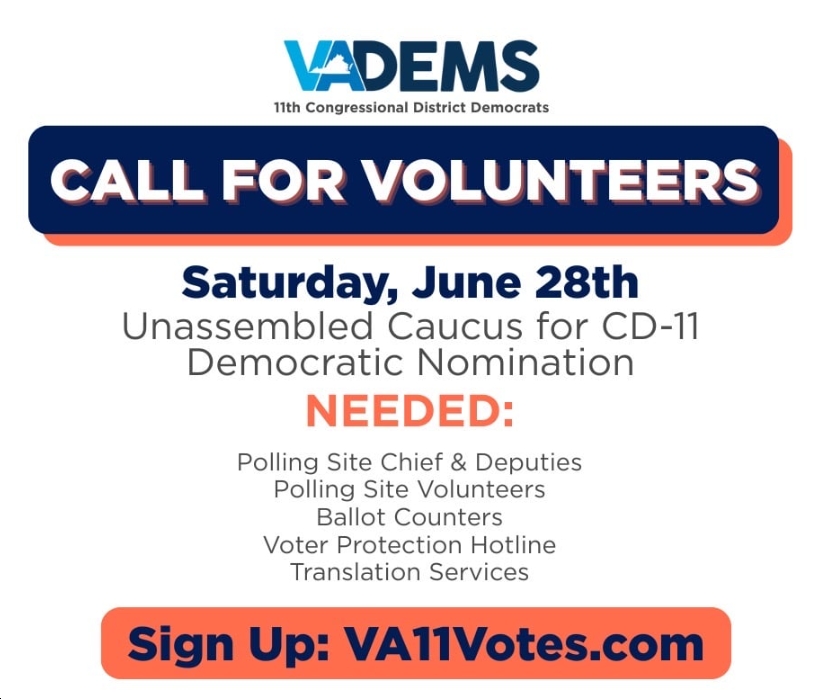
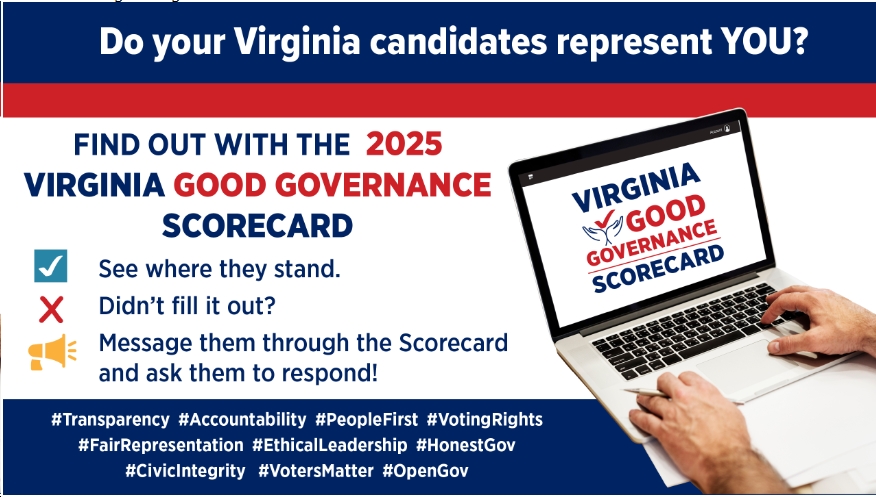




![Brutal Reviews of Winsome Earle-Sears’ Appliance, Plumbing and Electric Business: “worst company I have ever dealt with”; “this place is a complete scam”; “won’t be around much longer with her around… she’s a [wack] Job”](https://bluevirginia.us/wp-content/uploads/2025/06/searsreviews-100x75.jpg)
